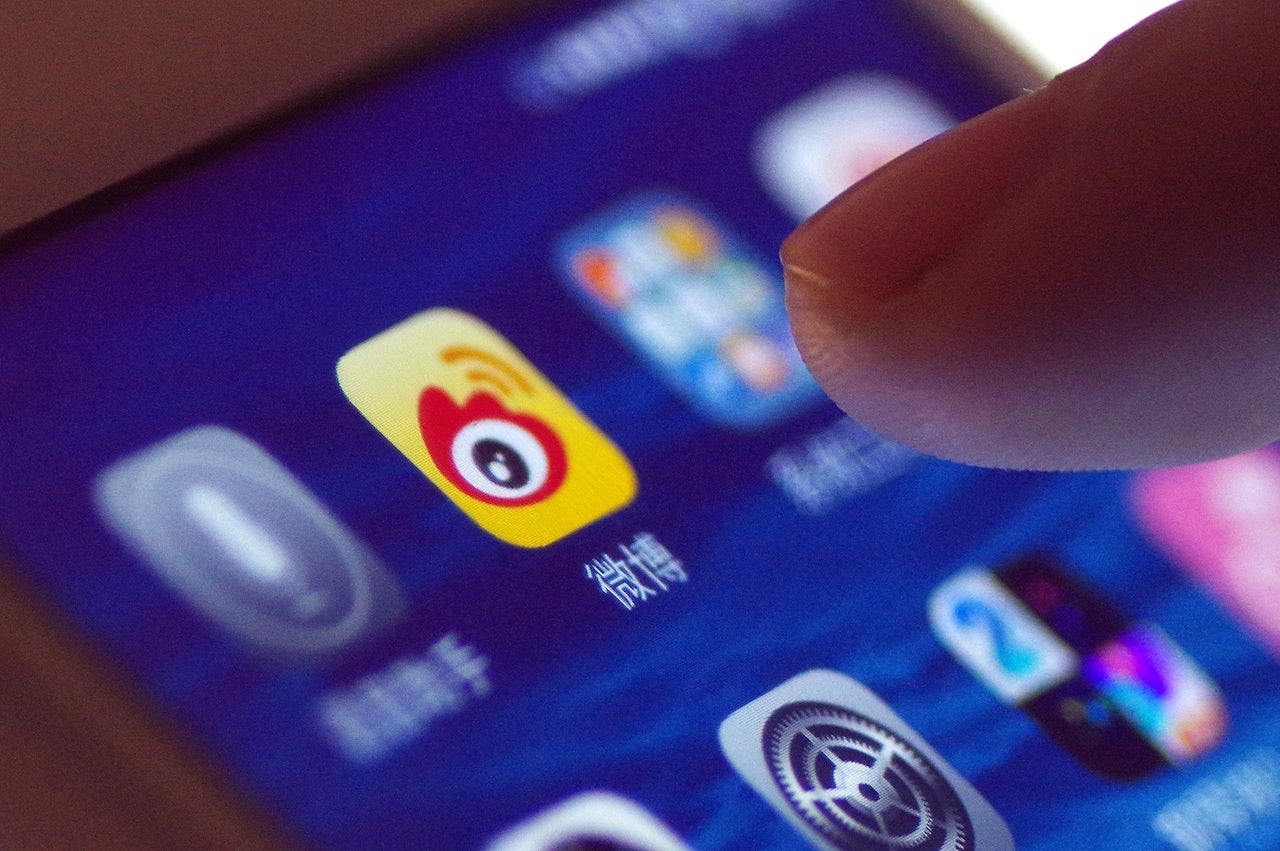China’s microblogging platform Weibo broke through the 200 million daily active users mark in December, which now gives the company a significant base to monetize. The company also reported 462 million monthly active users, of which 93 percent are mobile users of the platform.
Those numbers may sound impressive, but they are still much lower than the billion active users its rival WeChat boasts. But Weibo does have some interesting advantages over WeChat. For one, it has a younger user base, so it has great growth potential among the massive Gen Z and millennial markets in China, plus, it attracts a strong travel-related following, which can benefit niche influencers and brands that want to connect with ever-more-mobile users.
Based on its user data, Weibo got a big boost from advertisers in the final quarter of 2018, thanks to value-added services like its live broadcasting function. Both Weibo and their advertisers are happy about the new user growth because as more users post to the platform with the live broadcasting function, it necessarily gives advertisers a larger venue for reaching their target audiences. And since 70 percent of Chinese born after 1995 are now willing to make purchases via social media, according to a 2017 survey, brands have become increasingly eager to find the right sales platform for them to reach those consumers — and Weibo might be that platform.
As Weibo released its fourth quarter financial report on March 5, it beat Wall Street earnings-per-share estimates with 0.73 and met revenue expectations with 481.9 million — a whopping increase of 28 percent year-on-year. The company’s net profit increased 27 percent year-on-year to 166.5 million. But even more significant was that advertising and marketing revenue jumped 25 percent year-on-year in the quarter to 417.0 million. In 2018, that segment surged by 50 percent year-on-year to an impressive 1.5 billion. The company attributed this growth to a 31-percent revenue increase from small & medium-sized enterprises and key accounts. Weibo’s value-added services also added to the company’s bottom line a bit with fourth-quarter revenue increasing a strong 44 percent year-on-year to 64.9 million (although as a newer revenue source, these services only generated 219.3 million over the year).
But despite this good news, the company’s increase in expenses during the fourth quarter and over the full year was concerning to investors. Expenses in 2018 exceeded 1.1 billion — a hefty number compared to 742.5 million in 2017. The company blamed the increased costs on user acquisition marketing and staff-related expenses, but that wasn’t enough to assuage fears as shares of Weibo were down almost 4 percent from the opening bell to 69.54 as of 1:15 p.m.
Weibo’s future still looks bright, though, as the company expects revenue in the first quarter of 2019 to fall between 395 million and 405 million, with analysts estimating 400 million. The guidance represents an annual increase of 20.5-23.5 percent.

